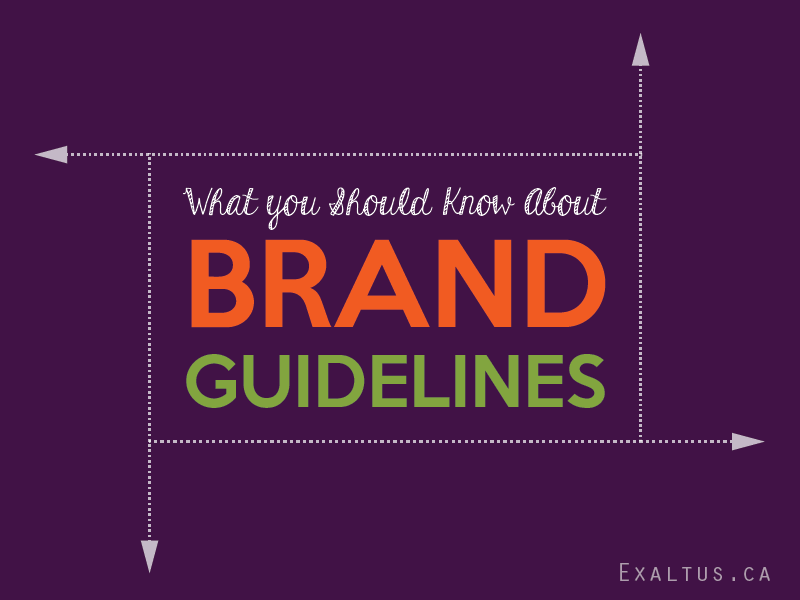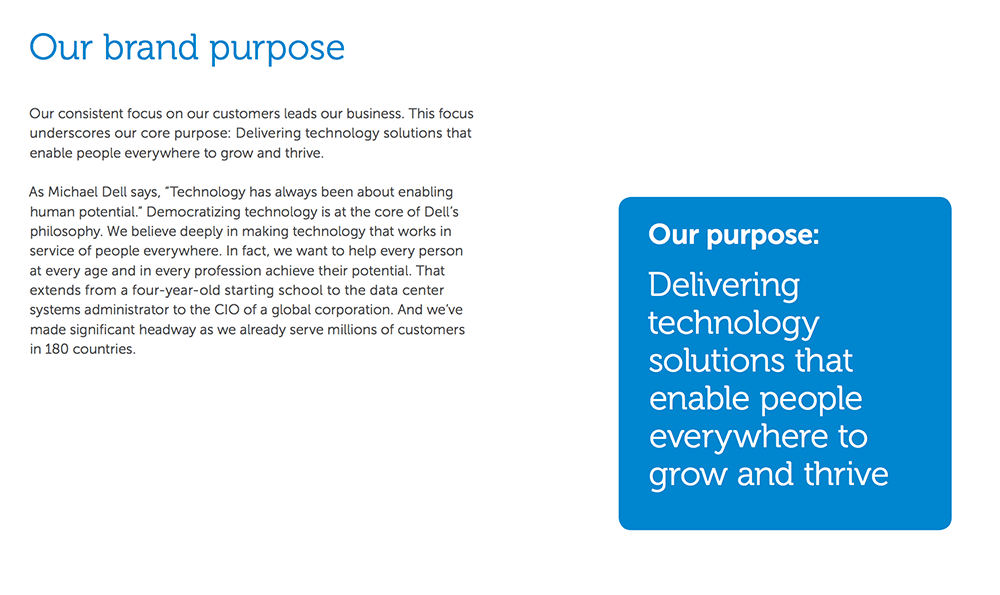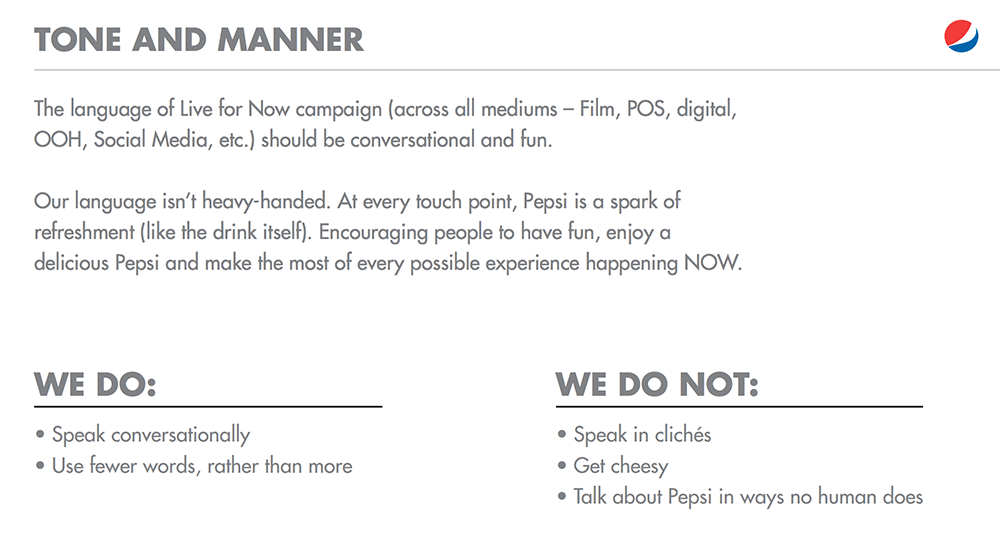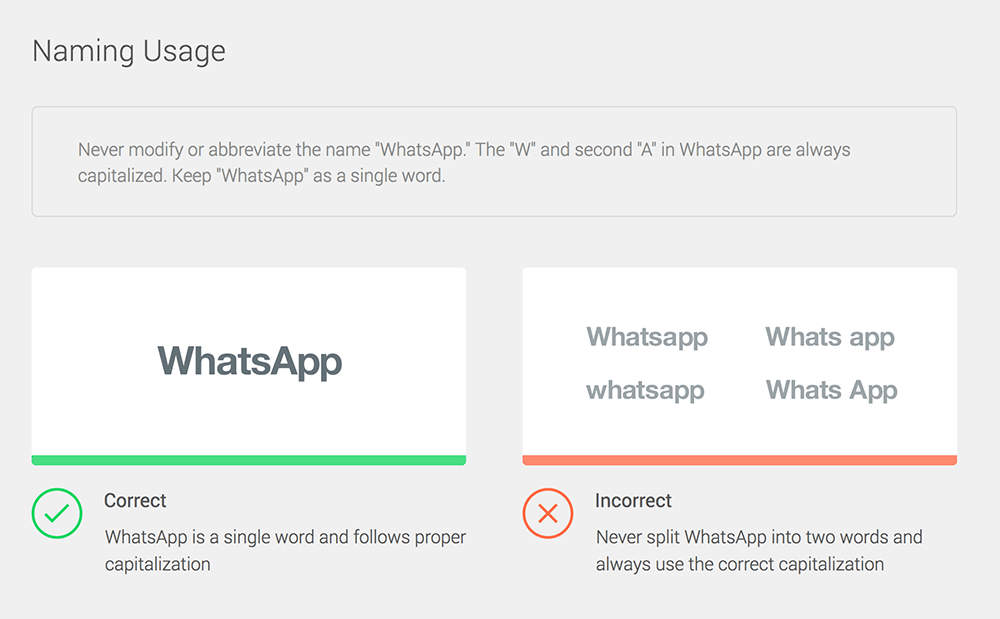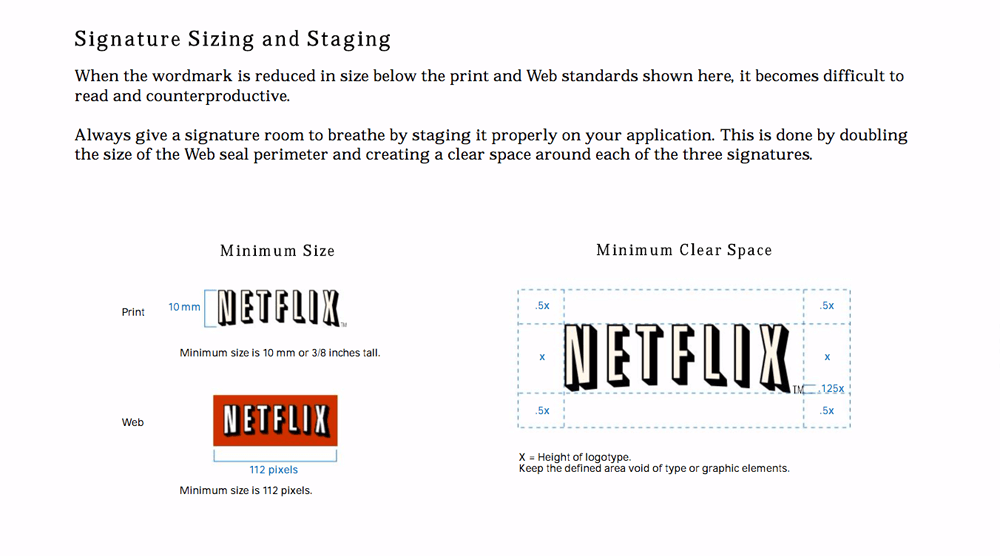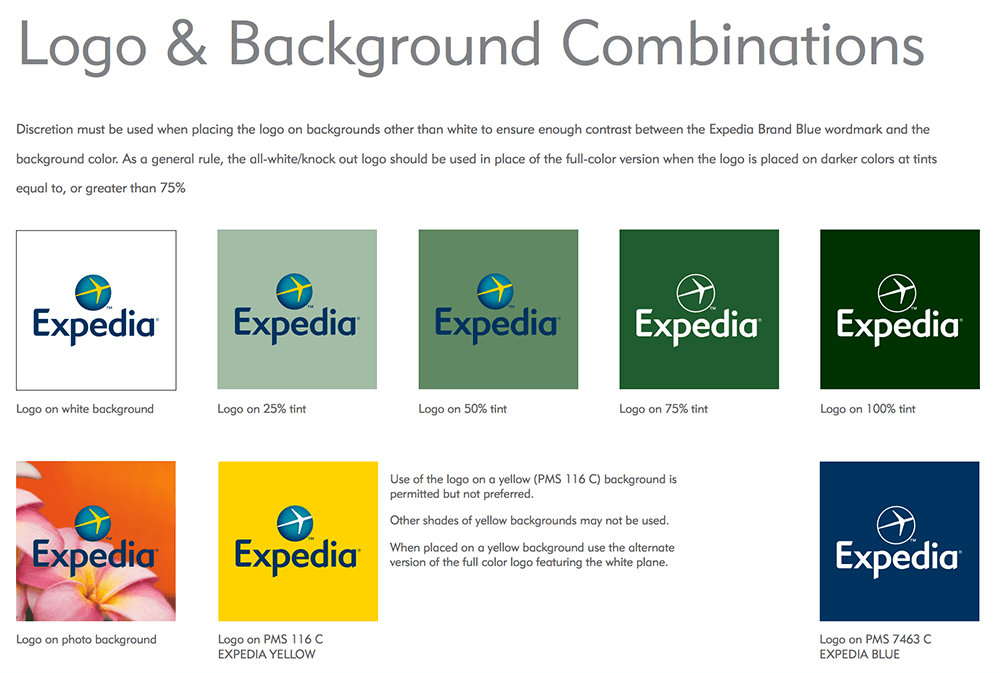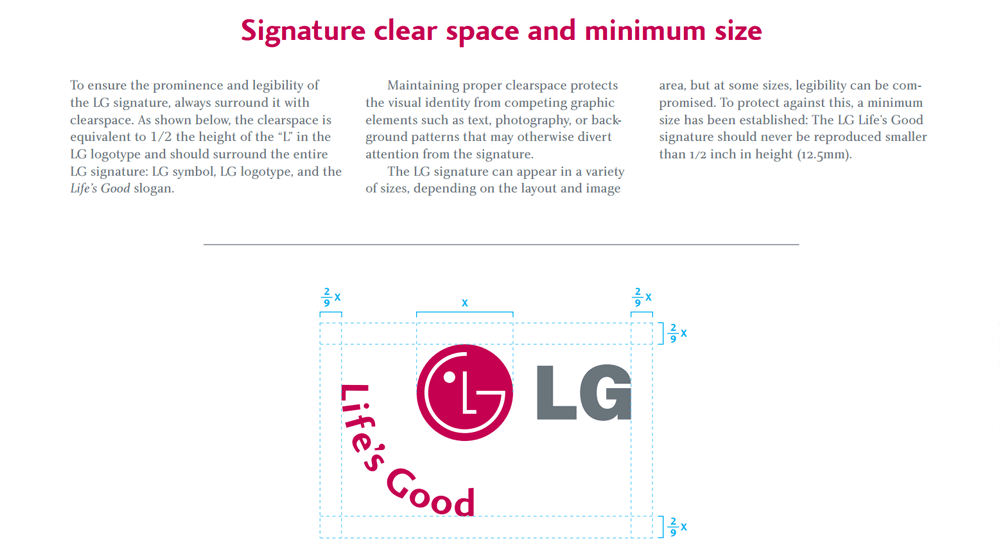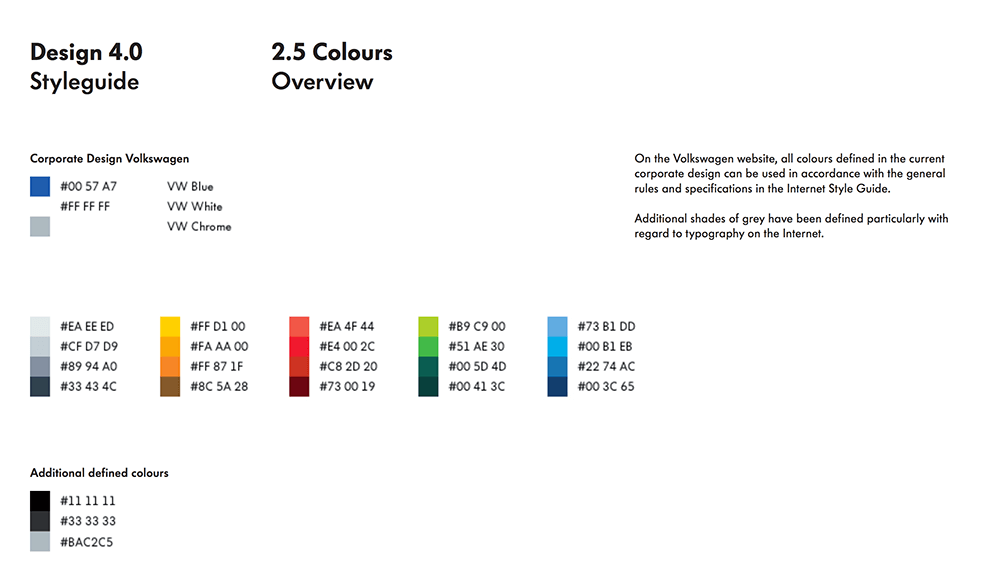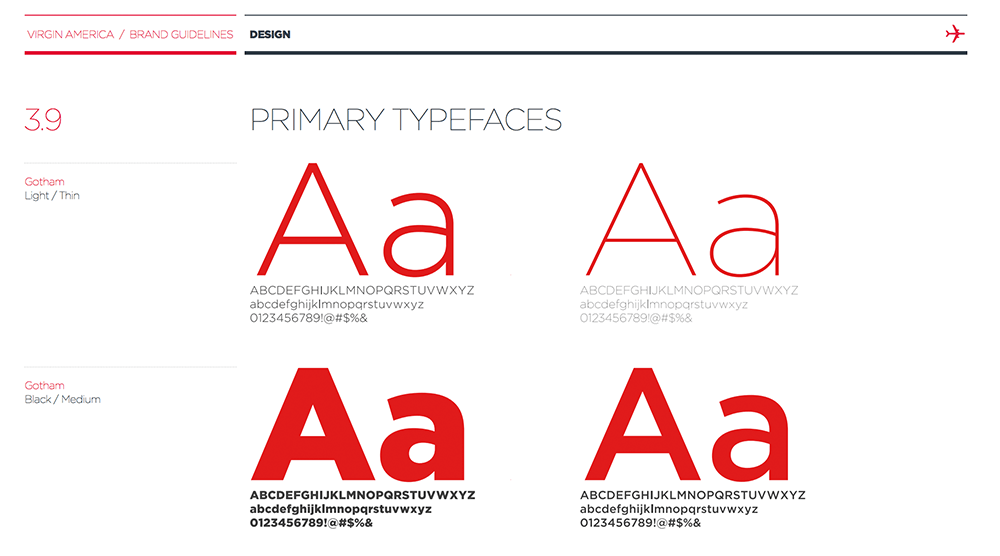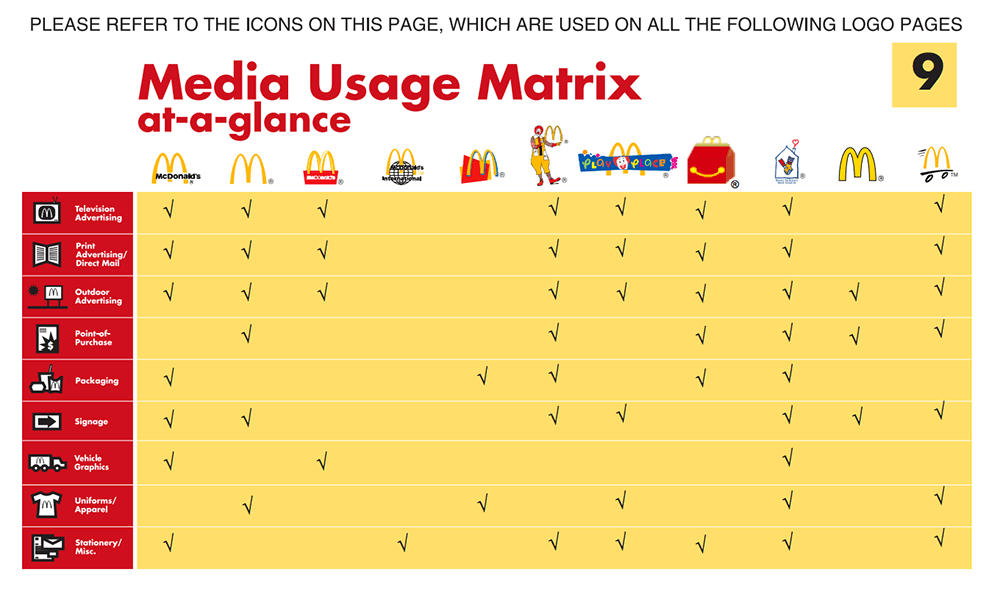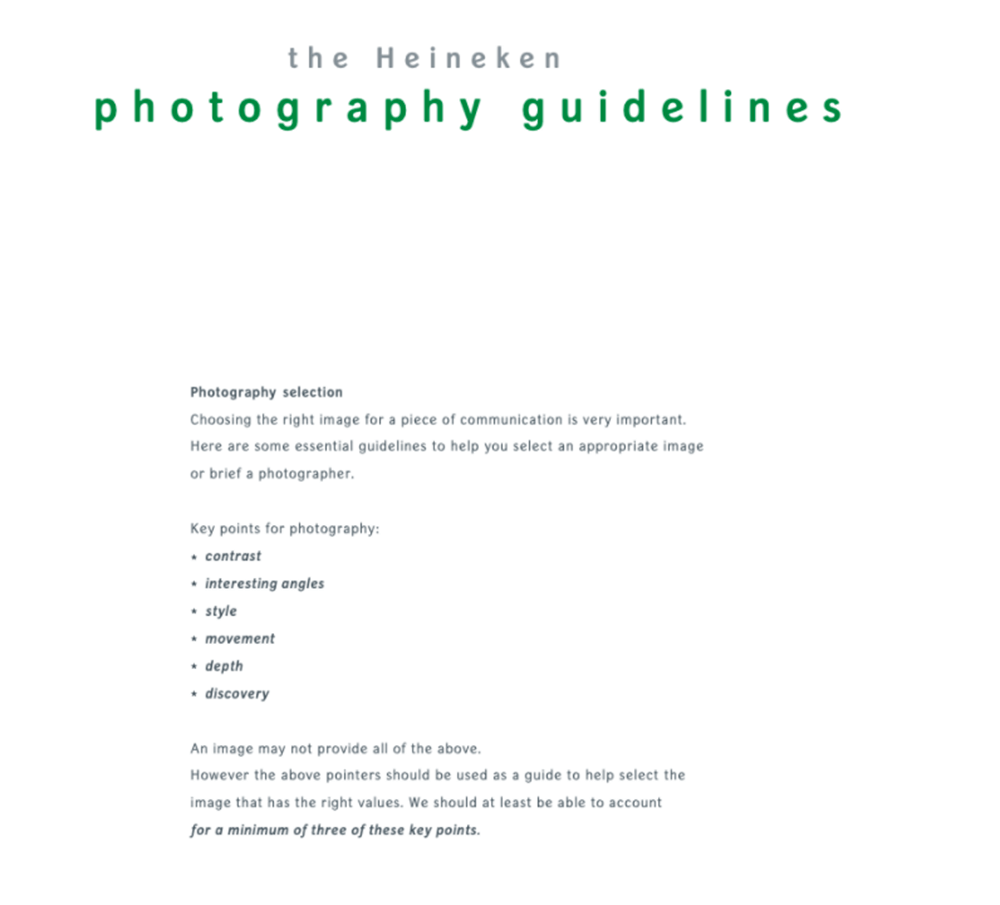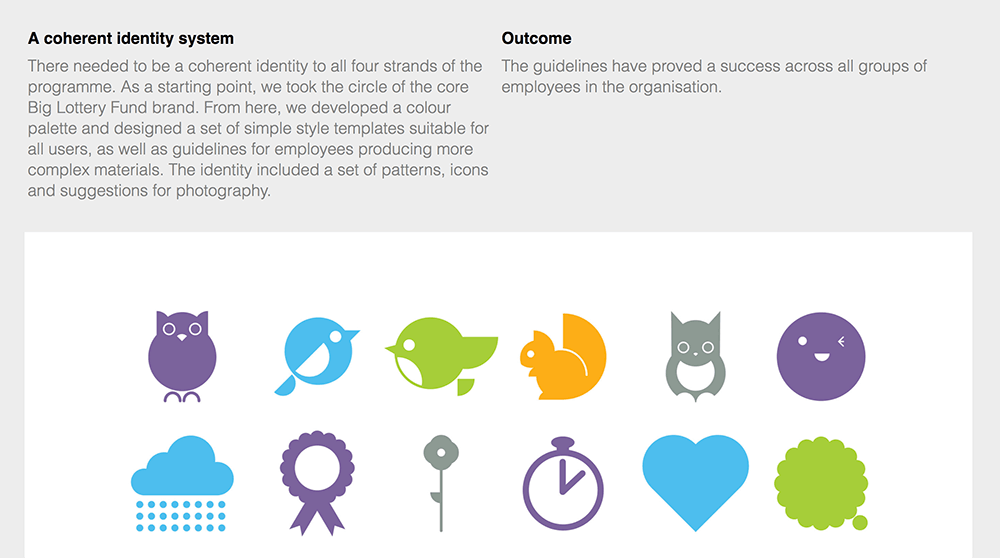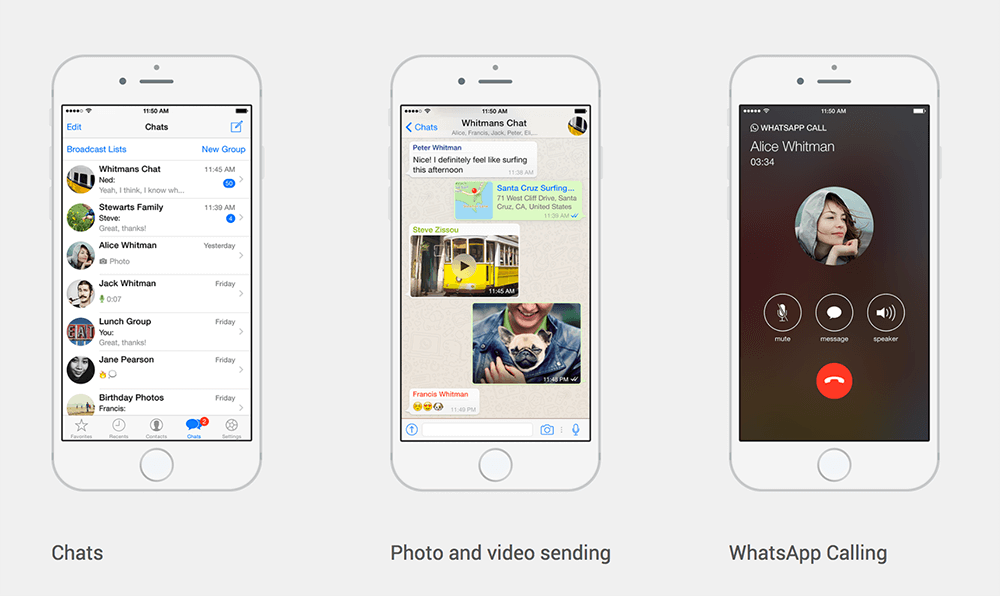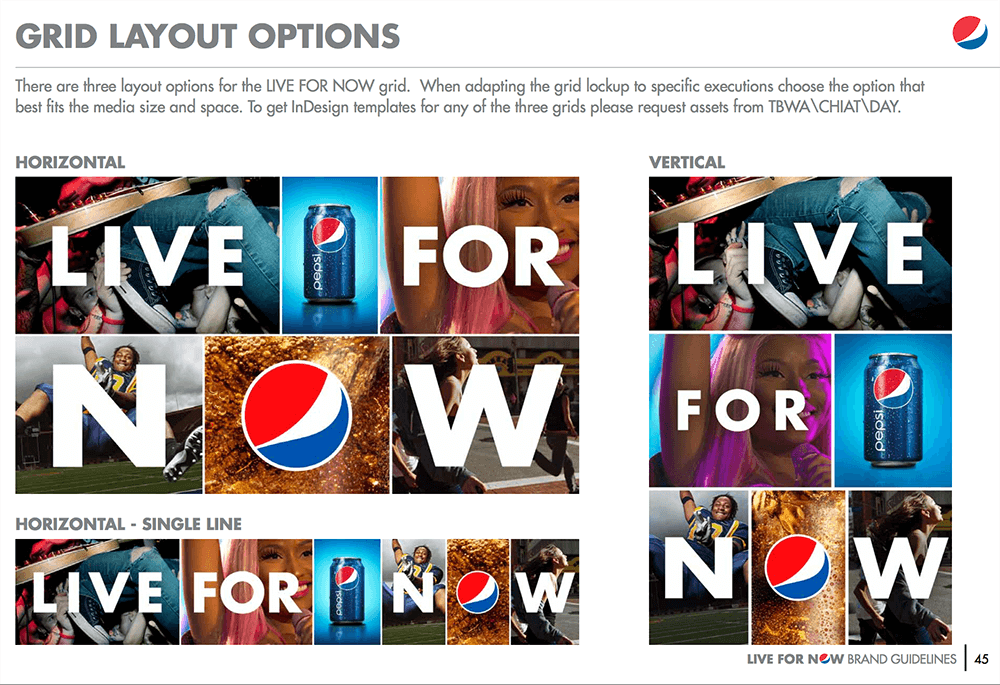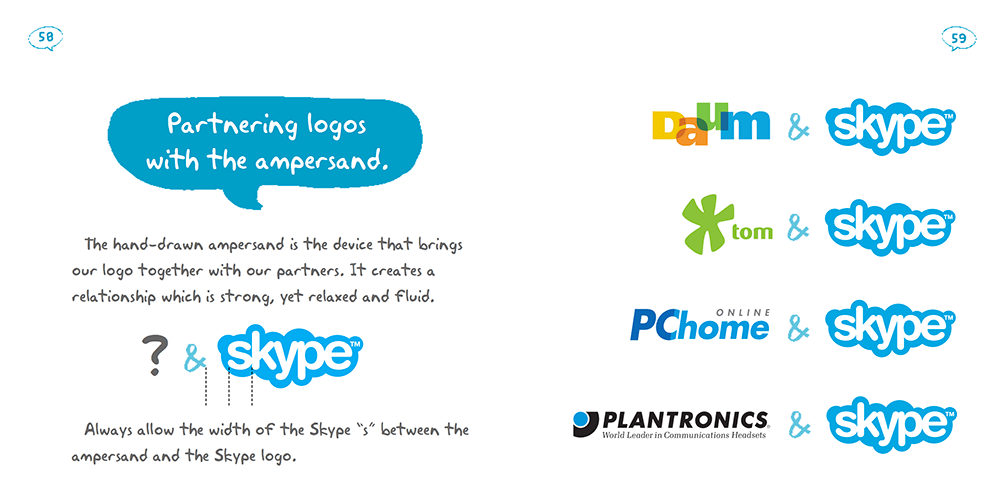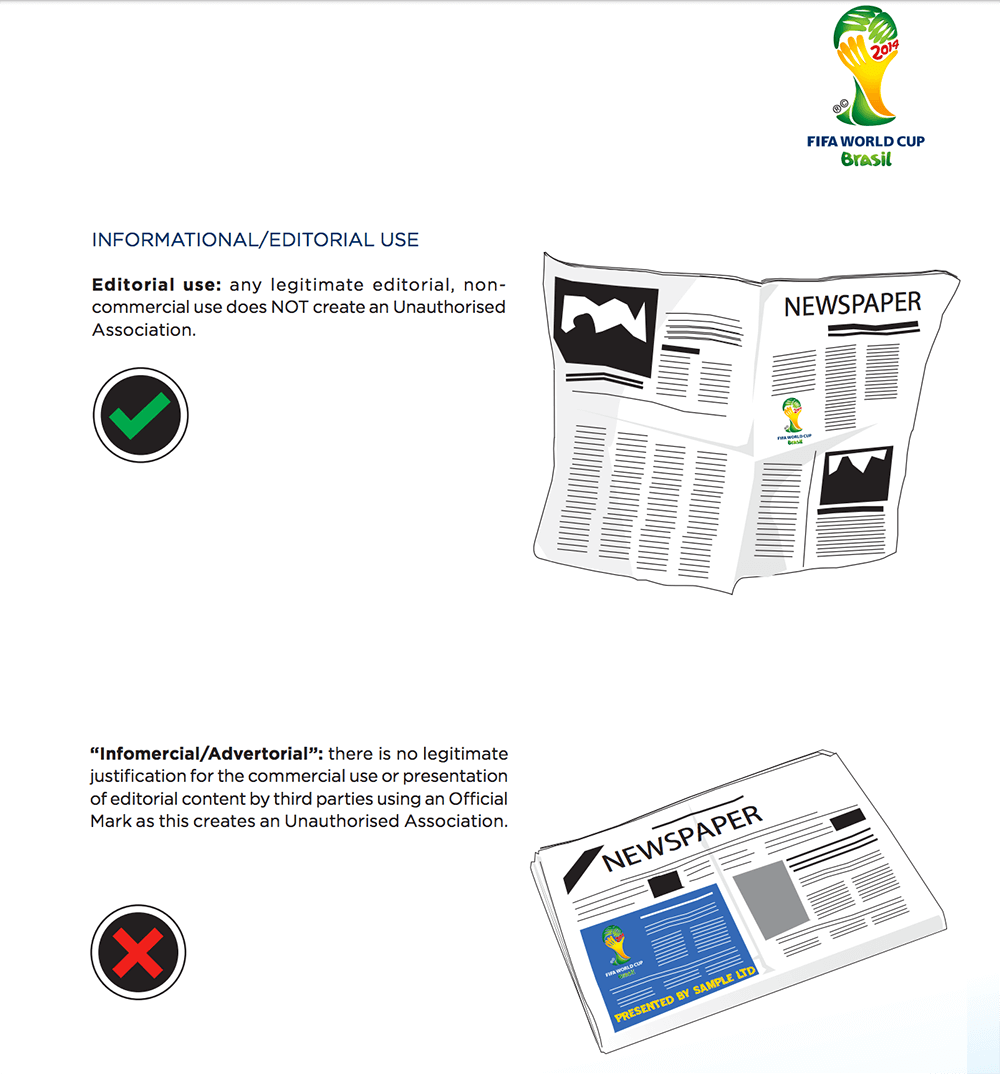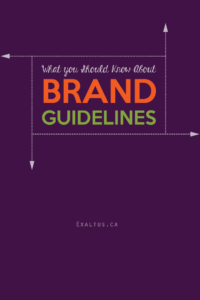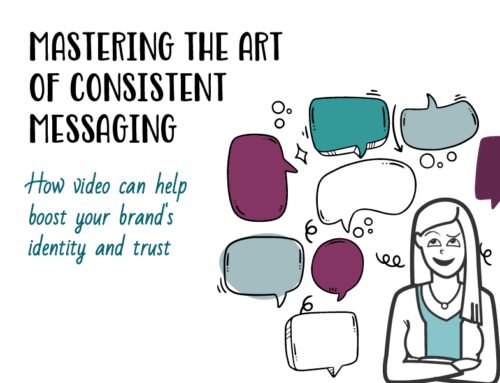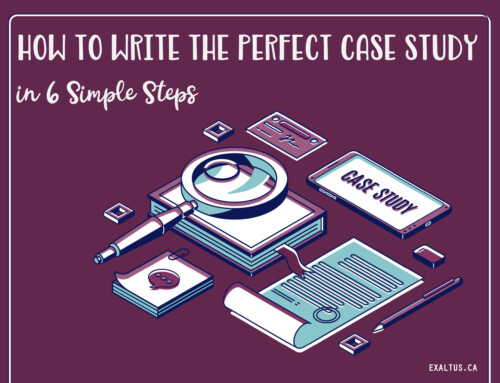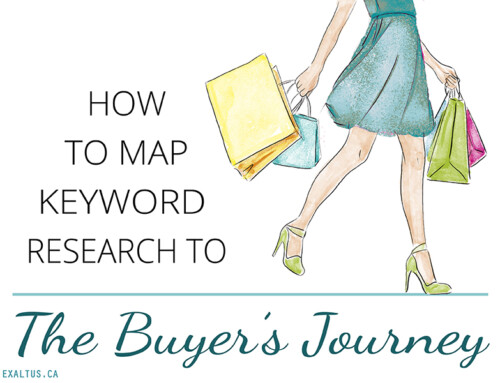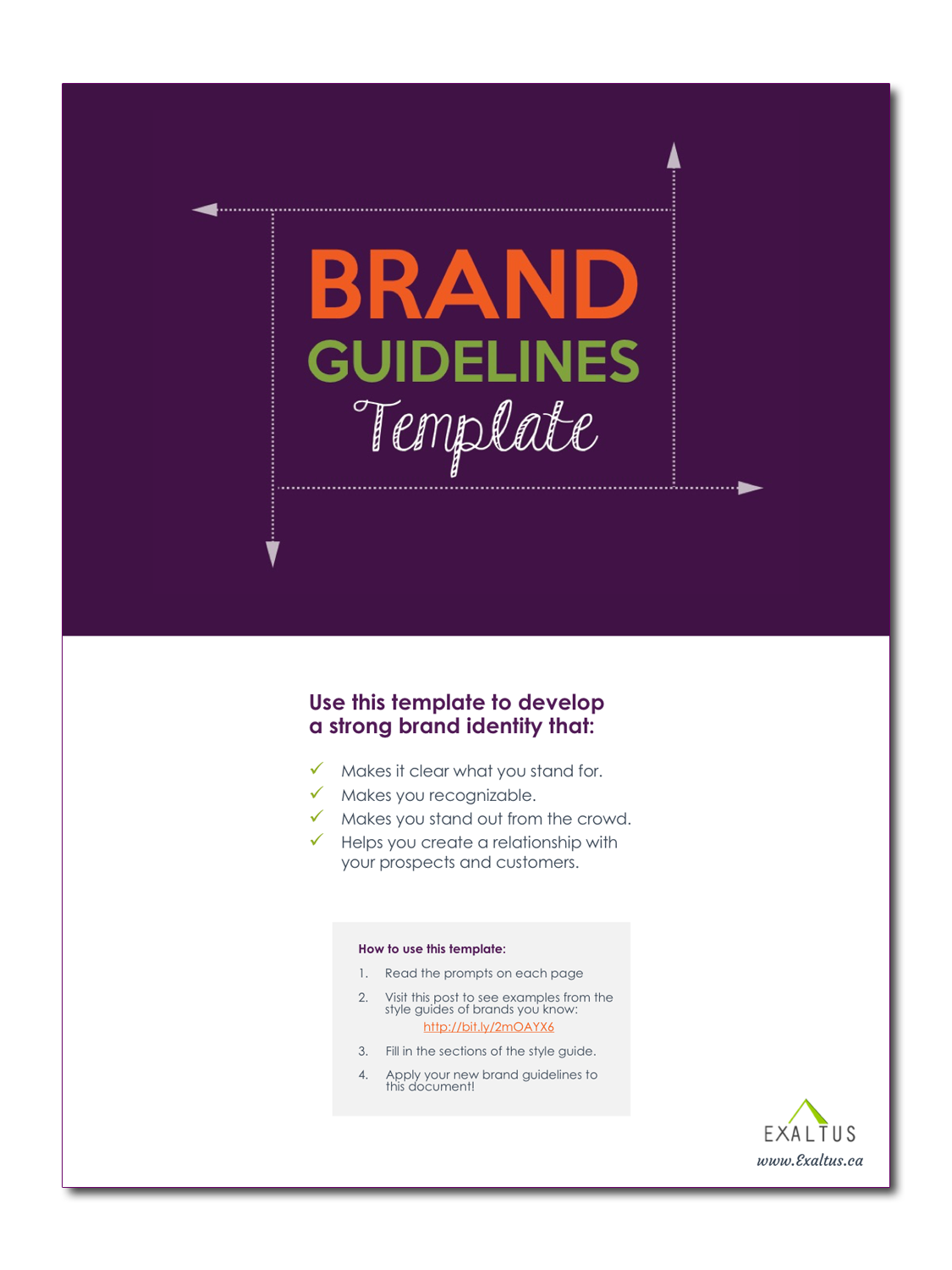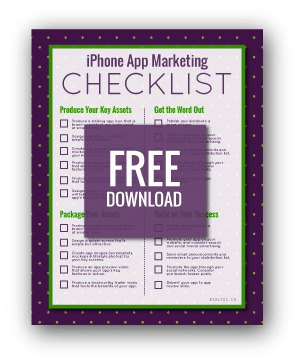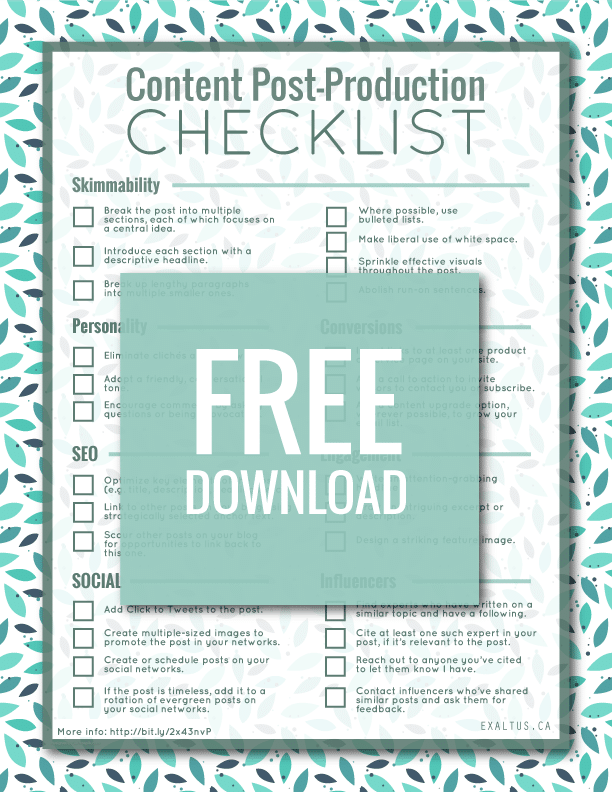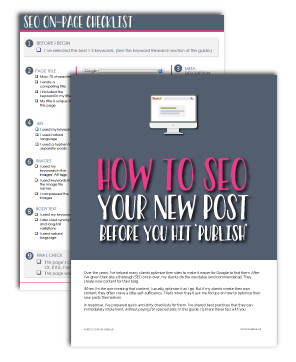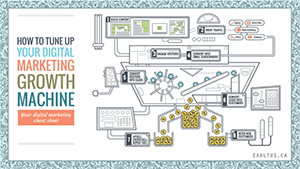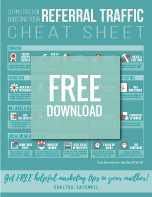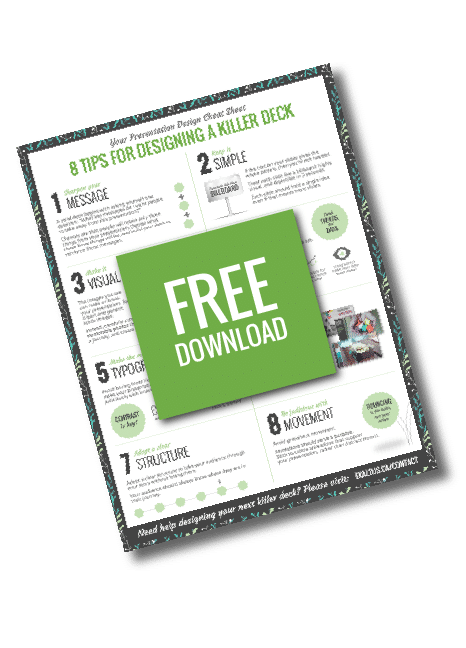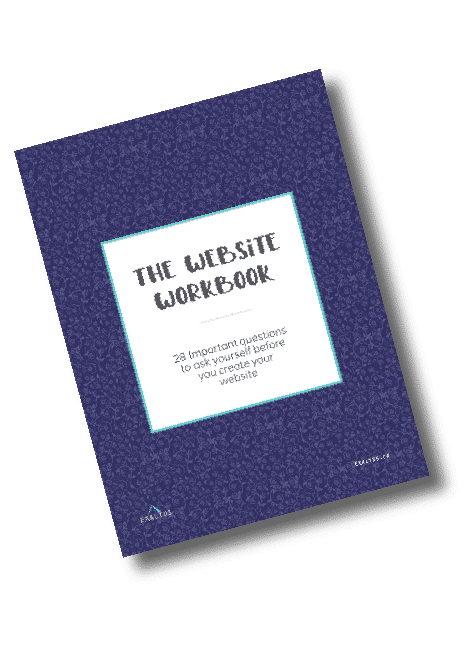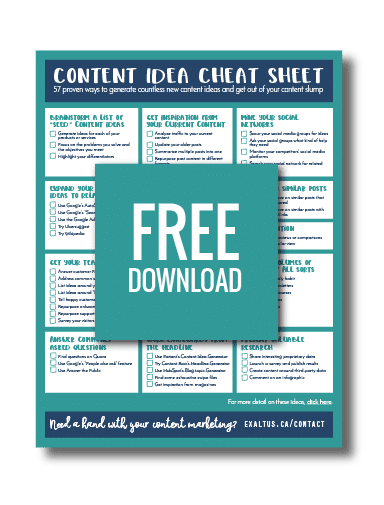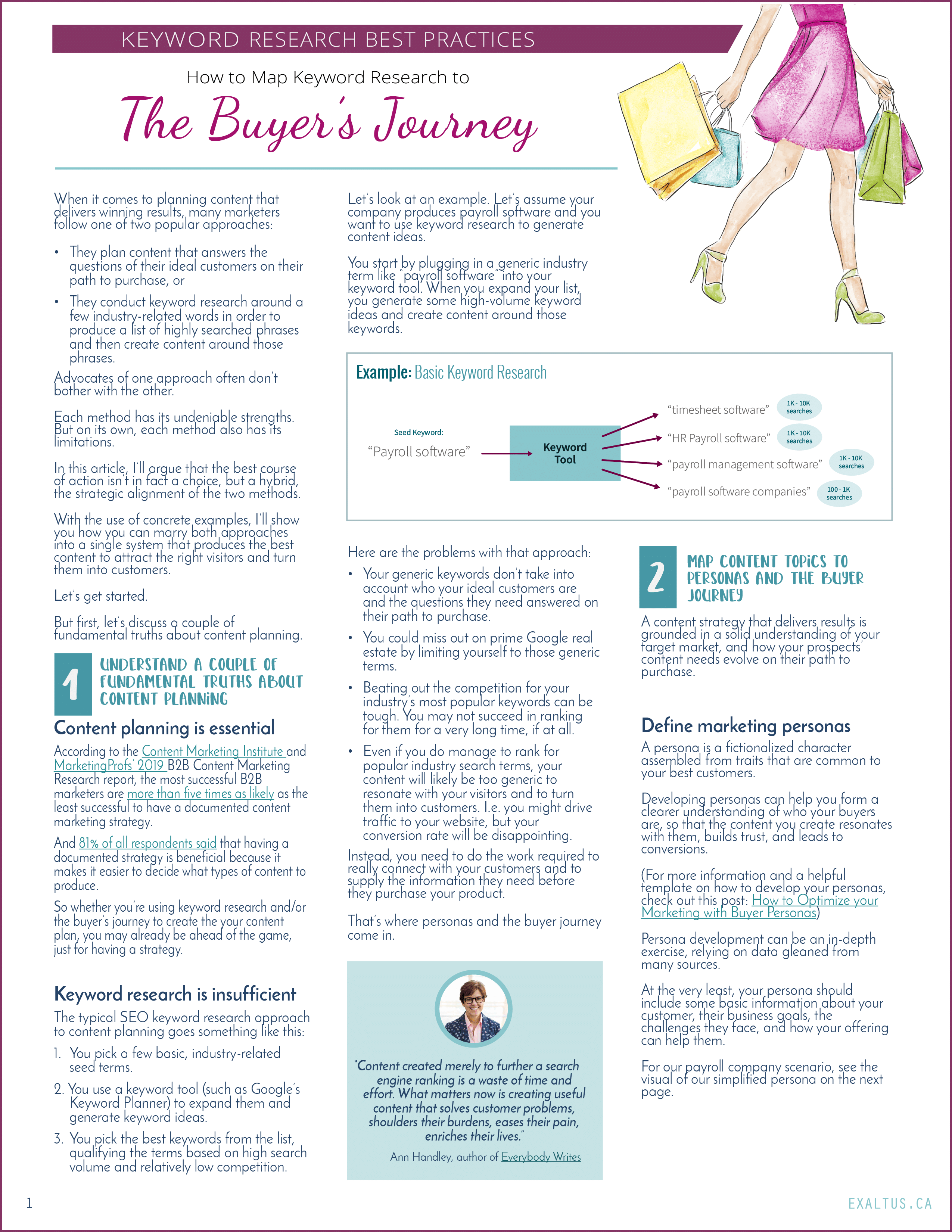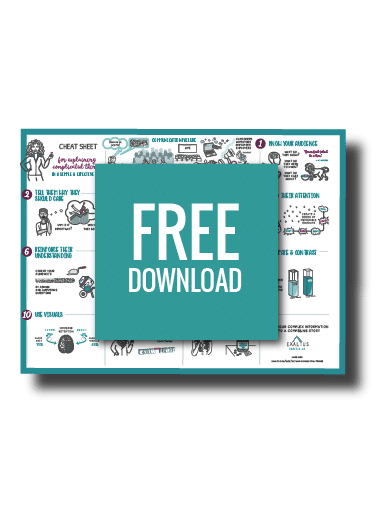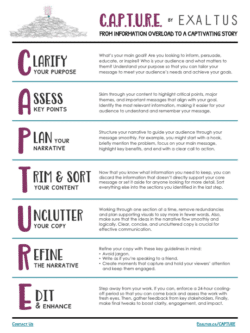Are you launching a new business, re-branding, or simply discovering that your branding is inconsistent? Brand guidelines are key to developing a strong brand identity.
In this post, I’ll share everything you need to know about drafting a comprehensive set of brand guidelines.
Featured download: Grab your free copy of the accompanying Brand Guidelines Template. It will make it a lot easier to build your own guidelines document. You’ll also receive free marketing tips in your inbox a few times a month. [click to download]
Why you Need Brand Guidelines
“Brand identity” is more than a marketing buzzword. A strong brand identity:
- Makes it clear what you stand for.
- Makes you recognizable.
- Makes you stand out from the crowd.
- Helps you create a relationship with your prospects and customers.
The key to developing a strong brand identity is to draft and adhere to clear brand guidelines. These guidelines ensure consistency across all your touch points – from your websites and presentations to your content marketing tactics and social presence. And they’re particularly important when there are many individuals and groups in charge of communicating with your key audiences.
How to Develop your Brand Guidelines
In this post, I’ll outline the key elements you should include in your brand guidelines. To bring you these best practices, I’ve combed through the guidelines of dozens of companies. (Thanks to Freelancer.com for simplifying the task with their great article, ‘100 Brand Style Guides You Should See Before Designing Yours‘.)
1. Brand Purpose
A cousin of the traditional ‘mission’ and ‘vision’ statements, a brand purpose is a reminder of what you stand for.
In their brand guidelines, this is how Dell describes their brand purpose.
Please click the image to enlarge it.
2. Brand Personality
Your brand personality, also referred to as its ‘voice’, ‘tone’ or ‘manner’, is a set of human characteristics that you attribute to your brand. The point is to appeal to your audience’s emotions and aspirations, to make your brand more relatable.
Some companies use a series of adjectives to describe their brand personality. Here is how Pepsi does it in their brand guidelines.
Please click the image to enlarge it.
3. Naming Usage
Some brands have tricky names that are chronically mangled: Two-word names that are merged into one when they shouldn’t be, or vice versa. Lower-case letters that should be capitalized, or the other way around.
For example, is it Linkedin or LinkedIn? Google Talk or GoogleTalk? Mailchimp or MailChimp or Mail Chimp?
Here’s how WhatsApp uses their brand guidelines to clarify their naming usage.
Please click the image to enlarge it.
4. Logo Sizing and Staging
Your logo is one of the most important elements of your brand. Your brand guidelines should specify acceptable sizes for your logo, as well staging and spacing requirements.
Here is how Netflix details the appropriate sizing and spacing of their logo in their brand guidelines.
Please click the image to enlarge it.
5. Logo Color
A key attribute of a logo is its color. Your brand guidelines should outline your official logo color palette, as well as acceptable variations on different backgrounds.
Here is how Expedia does it.
Please click the image to enlarge it.
6. Tagline
If you have a tagline, your guidelines should specify how it should be placed in relation to the logo.
This is how LG outlines the preferred positioning of their tagline. On a later page of their style guide, they show a horizontal alternative of the tagline and outline the circumstances under which it can be used.
Please click the image to enlarge it.
7. Color Palette
In your brand guidelines, make sure to list all the colors that can be used across all communications. Many companies have a primary color palette, as well as a secondary palette. Ideally, you should identify each color using the hexadecimal system for the Web, as well as RGB, CMYK and Pantone.
Please click the image to enlarge it.
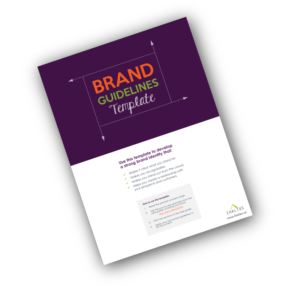
Download our FREE brand guidelines template!
Our template will help you make your brand recognizable, stand out from the crowd, and create a relationship with you prospects and customers.
8. Typography
Fonts can have a powerful impact on how your brand is perceived. Using too many fonts, or clashing fonts, can make your materials look like a dog’s breakfast. By contrast, beautiful font pairings can elevate your materials and create a recognizable brand. In your guidelines, make sure to set clear standards for which fonts and sizes can be used for different purposes.
In their brand guidelines, here is how Virgin presents their typefaces.
Please click the image to enlarge it.
9. Secondary Marks
Many brands have secondary marks or emblems that can be used only under certain circumstances. If this is your case, maker sure to detail those circumstances in your brand guidelines.
This is how McDonald’s does it.
Please click the image to enlarge it.
10. Photography
If your marketing materials are likely to include photos, your brand guidelines should help everyone involved select beautiful photos that convey the kind of feeling you’re shooting for.
Here is how Heineken does it in their brand guidelines.
Please click the image to enlarge it.
11. Illustration Style
If you’re going to be using illustration in your materials, know that illustrations come in all sorts of styles, from flat, to outlined, to hand-drawn. To preserve consistency, you may want to describe acceptable styles in your brand guidelines, or even include a bank of illustrations to draw from.
Here is how BPR addressed the subject of illustrations in their brand guidelines.
Please click the image to enlarge it.
12. Screen Shots
If you sell software programs or apps, you may want to include screen captures that can be used in training and marketing materials.
Here’s how WhatsApp covers the use of screen captures in their brand guidelines.
Please click the image to enlarge it.
13. Layout
If you use a particular layout style across your materials and you want it executed consistently every time, your brand guidelines can be very helpful.
Pepsi uses a very specific grid style in many of their materials. Here are the instructions they include in their guidelines.
Please click the image to enlarge it.
14. Brand Guidelines for Partnerships
In your guidelines, you may want to include instructions on how to handle joint communications with partners.
Here is how Skype details the appropriate use of ampersands in their partnership communications.
Please click the image to enlarge it.
15. Do’s and Dont’s
Sometimes nothing communicates your brand guidelines better than a Dos and Don’ts section that outlines which treatments are acceptable and which are not.
I found Dos and Don’ts in almost every style guide I explored. Here is an example from Fifa’s brand guidelines.
Please click the image to enlarge it.
Featured download: Grab your free copy of the accompanying Brand Guidelines Template. It will make it a lot easier to build your own guidelines document. You’ll also receive free marketing tips in your inbox a few times a month. [click to download]
Over to You
Have you done the work of crafting guidelines for your brand? If so, did I miss any types of information that any great style guide should include? I’d love to hear from your in the comments below.
Do you need some help putting together your guidelines or with your marketing in general? Exaltus can help. Contact us today.

